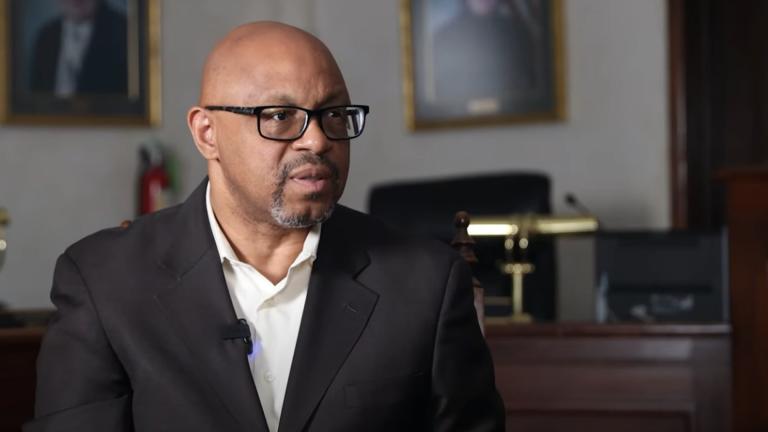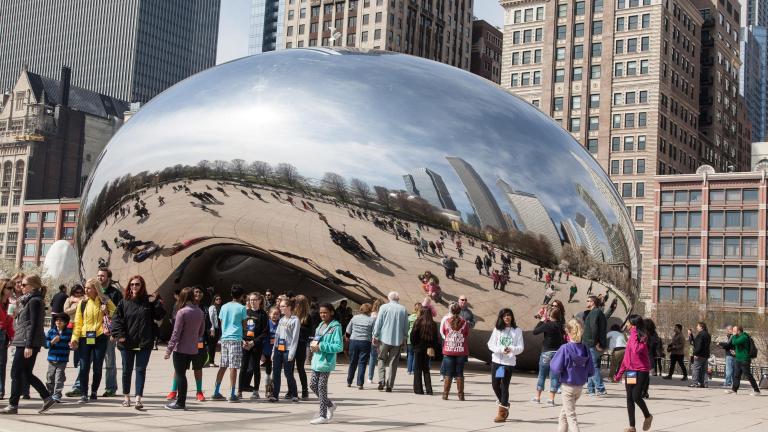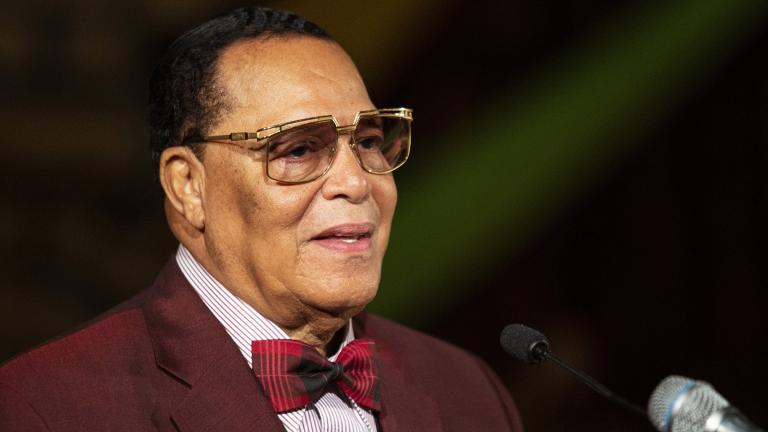More than 480 books were challenged or banned in libraries, schools and universities across the country in 2018, according to the American Library Association, which organizes the annual Banned Books Week to highlight the threat of censorship.
While there’s little effort to challenge what adults read, attempts to limit what kinds of content children and teenagers are exposed to happens often – and books that depict LGBTQ characters or issues are the most frequently challenged.
“Books written by adults intended for an adult audience generally don’t get challenges,” said Deborah Caldwell-Stone, deputy director of the American Library Association’s Office for Intellectual Freedom. “But in regards to books intended for young people there is a great deal of dispute. And that’s reflected in our top 11 most challenged books – if you look at them, the majority of them are either young adult books or books intended for children that deal with subjects like Black Lives Matter or LGBTQ issues or that have an LGBTQ character as a protagonist.”
In fact, all three of the most challenged books include at least some LGBTQ content.
The book that was challenged most in 2018 was “George” by Alex Gino which includes a transgender character. Number two on the list is “A Day in the Life of Marlon Bundo,” by Jill Twiss with illustrations by E.G. Keller, which features a same-sex romance between two rabbits. And third on the list: “Captain Underpants,” written and illustrated by Dav Pilkey, which was objected to on the grounds that it included a same-sex couple.
However, fourth on the list is “The Hate U Give” written by Angie Thomas, which was challenged by the Mount Pleasant, South Carolina chapter of the Fraternal Order of Police on the grounds that it encouraged “distrust of police.”
According to Caldwell-Stone, most of the challenges come from parents, but advocacy groups are also getting involved.
“Some of the most intense campaigns come from advocacy groups who want to make sure a certain kind of content is not available in a school or a public library,” said Caldwell-Stone.
While public attempts to censor books or other content are often successfully rebuffed, there are times where censorship happens under the radar.
“There are instances when administrators act on their own,” said Caldwell-Stone. “For example, a principal will receive a parent’s complaint about a book and they’ll simply get up from their desk, walk to the school library and pull the book without following policy or informing anyone.”
Since 1982’s Pico decision, the Supreme Court has held that the First Amendment limits the power of junior high and high school officials from removing books from school libraries because of their content.
“Generally what is barred or can be regulated is obscene materials – and there is a rigorous test for that – and child pornography,” said Caldwell Stone.
During Banned Books Week, which started Sunday, the ALA is hoping the public will stand up for the freedom to read and participate in their Dear Banned Author letter-writing campaign which encourages people to write or tweet their favorite banned or challenged author.
Related stories:
New Book Examines Past, Present and Future of Free Speech in U.S.
The State of Free Speech on College Campuses
Banned Books Week Puts Spotlight on Diversity in Literature








